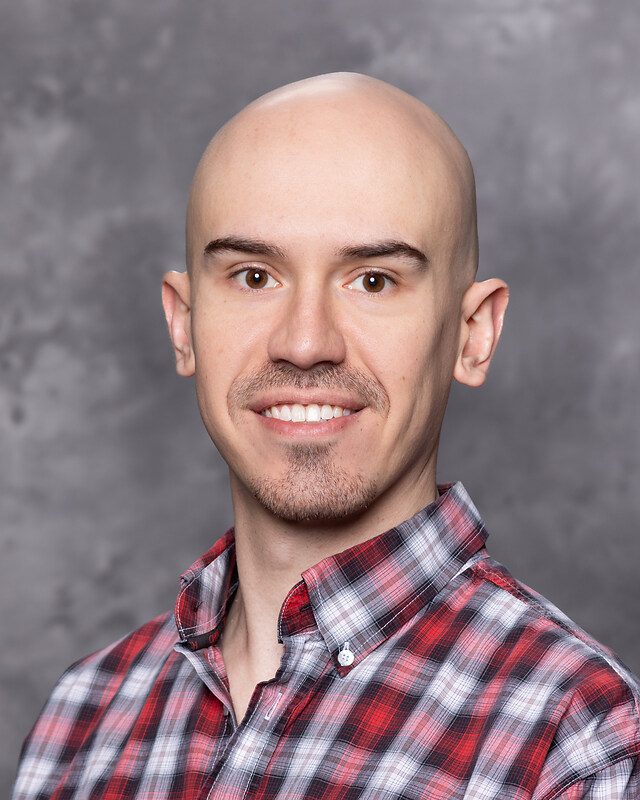By Ali Pechman
âThe land is restless here, restless and sliding,â screenwriter Gavin Lambert once wrote of Los Angeles, a city that lies nestled between fault lines at the edge of the continent, feared of âcrumbling slowly into the ocean.â The Harvard-Westlake campus is alive at almost all hours of the day and week, from early-morning swim practices to tech-rehearsals for plays at night and on weekends, so the probability of an earthquake occurring while students are on campus is high.
The school has experienced major earthquakes before and has taken precautions, but ultimately there are factors beyond control: one cannot even predict when an earthquake will strike.
The San Andreas Fault is likely to do the most damage. While 32 miles away, the fault has a high rate of movemement, geology teacher Wendy Van Norden said.
 There are over 100 faults in the Los Angeles area because the is city is located within a bend of the San Andreas, compressing the area and creating a great number of faults, Van Norden said.
The closest known fault to the school is the Hollywood Fault, which affects Hollywood, Beverly Hills and Glendale according to the Southern California Earthquake Data Center. Its probable magnitudes are between 5.8-6.5M, but it could produce a more powerful earthquake if it moved simultaneously with the adjacent Santa Monica Fault. To the north of the campus lie the Verdugo Fault and the Northridge Hills Fault, not to be confused with the Oak Ridge Fault which caused the infamous 1994 Northridge Earthquake.
A history of damages
The 6.8 1994 earthquake struck at 4:31 a.m. the morning of Jan. 17, Martin Luther King Jr. Day. No one was on campus at the time and it was not a school day. However, as the Chronicle reported exactly 14 years ago, approximately 50 students lost their homes along with a dozen faculty members.
Damages were sustained on campus that, had people been present, could have been lethal. Bookshelves and ceiling tiles fell down in the Library and Chalmers. In Seaver, bookshelves and computers fell. Outdoor staircases cracked and sagged. In Hamilton Gym, foundations moved one inch causing cracks at the base and the gym also suffered broken windows. The Chronicle even reported that St. Saviourâs would have to be rebuilt as a result of major structural damages sustained in the earthquake. The chapelâs harpsichord was crushed by fallen wall fragments; there were cracks in the outer walls and floors buckled and shifted. The school sustained half a million dollars in damages, though Director of Campus Operations Jim DeMatte said most of the costs were for cleanup. He recalls that many lighting fixtures came down as well.
The Oak Ridge fault is not even the closest fault to the campus.
For this reason, the school has plans in place for an earthquake and after 1994 retrofitted all buildings that do not meet up to the current safety codes. After the 1994 earthquake, over one million dollars was spent removing all roof tiles on the upper and middle school campuses. Traditional Spanish tile, which weighs 1,100 pounds per 100 square feet, was replaced with composite material that can be sculpted to look like Spanish tile and weighs only 380 pounds per 100 square feet. Older buildings, such as St. Saviourâs, which was built in 1914 and moved to its current location in 1938, were retrofitted to higher standards. Ceiling reinforcing âX-barsâ can be seen overhead now in the chapel.
Munger was built after the earthquake and was built to 130 percent of the standard at the time, as a precaution.
âWhen an earthquake hits, if I am in a building, I hope to be in Munger,â Van Norden said.
âThe only building that I would seriously worry about is St. Saviours Chapel,â Van Norden said. âIt has both a slope behind it and old landslide below it.â
She also cited the Business Office as a building that could sustain damages.
Besides structural precautions, DeMatte said maintenance also sweats the small stuff too, and that both campus maintenance teams are religious about checking that shelf units are bolted to walls.
Be prepared
In case of accidents large and small, there are large steel bunkers, implemented eight years ago, next to Taper Gym that are stocked with water, food and search and rescue supplies. If students could not travel the roads to get home, food and water could be distributed to students on Slavin Field from the nearby bunkers, which are also stocked with games and a movie projector.
When asked what the specific, written plan for an earthquake situation was, DeMatte said it was âvagueâ and referenced the schoolâs 800-900 page Illness, Injury, Prevention Plan book.
But some accidents cannot be prevented. There are certain aspects of the campusâ terrain which may prove dangerous in an earthquake, such as the fact that the school is built into a hill.
âThe rock, Modelo Shale, is pretty soft, but at least the local angle of the bedding planes does not make the shale as prone to landslides as it would in other areas of the Santa Monica Mountains,â Van Norden said. Since the earth under the school is rock, it is more stable than if over airspace, DeMatte said.
However, we could âdefinitelyâ get a 8.0M earthquake from the San Andreas Fault, Van Norden said, which even well made buildings and freeways cannot withstand. With almost 15 years behind the city since the last major disaster, it seems likely that the next major earthquake is not a long way off.
âOur section of [the San Andreas Fault] has been locked since 1857, so it is likely to move any time in the next 50 years to give us an 8.0 or greater magnitude earthquake,â Van Norden said. âDonât lose any sleep â thereâs not much more we can do. We live in L.A. We will experience more earthquakes.â






























